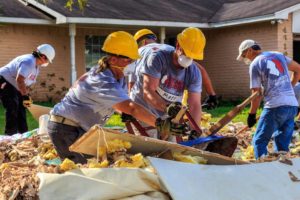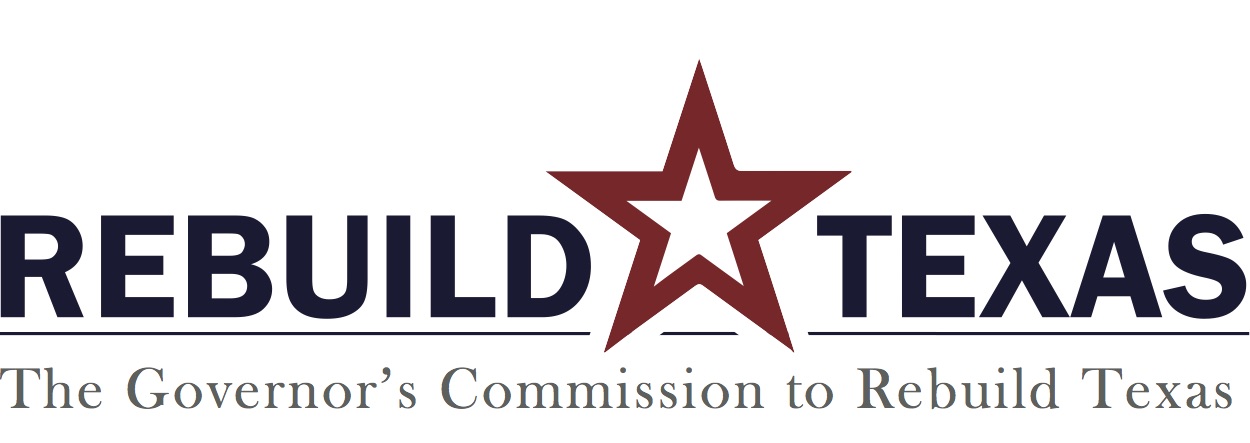 The following is an excerpt of a column written by Commissioner John Sharp of the Governor’s Commission to Rebuild Texas that ran in TribTalk, a publication of The Texas Tribune, earlier this month:
The following is an excerpt of a column written by Commissioner John Sharp of the Governor’s Commission to Rebuild Texas that ran in TribTalk, a publication of The Texas Tribune, earlier this month:
While we still have much to do and learn as we recover from Hurricane Harvey, I can already say with confidence what one of the major recommendations of the Governor’s Commission to Rebuild Texas will be: We need the equivalent of a Texas Task Force 1 for disaster recovery.
On September 7, almost two weeks after the hurricane made landfall on its way to becoming the costliest storm in state history, Gov. Greg Abbott announced the creation of the commission , which is primarily focused on restoring and strengthening public infrastructure — roads, bridges, schools and government buildings — in the areas impacted by Harvey. At a press conference in Austin, he also named me as the head of commission. As soon as it was over, we boarded a plane for the first of many visits to the hardest hit communities along the Gulf Coast. We have not stopped working since.
Ultimately, we will report our findings in advance of the 2019 legislative session. Along with other recommendations, we will make the case for training Texans in the long-term disaster recovery process just like we currently prepare first responders.
In the initial aftermath of both man-made and natural disasters, people all over the state and the nation know to turn to TX-TF 1, an urban search and rescue team sponsored by the Texas A&M Engineering Extension Service (TEEX). Made up of more than 600 firefighters, doctors, nurses, structural engineers, canine handlers, professors, police officers and other professionals throughout Texas, they have been deployed to numerous floods and fires in Texas, as well as crises elsewhere, including the September 11, 2001 terrorist attacks in New York City.
In collaboration with other responders, TX-TF1 conducted checks, rescues and evacuations of more than 52,000 Texans and more than 2,000 pets along the Gulf Coast in the days immediately following Harvey. And then, after a job well done, they went home.
But the work of assessing the damage and rebuilding our cities and towns was just the beginning. Even as we work to cut red tape and eliminate bureaucratic roadblocks, the recovery process is long and can be intimidating for local officials who have not been through it before.
The reason TX-TF1 members are able to mobilize so quickly and perform so well under pressure is because they practice. All told, they participate in more than 25,000 hours of training per year. Before the next disaster even occurs, they are already prepared.
By comparison, when it comes to the long-term recovery phase after Harvey, our local leaders — through no fault of their own — often find themselves having to learn on the job. Given that small errors on just one of the multiple public assistance forms can result in significant delays or denials, the stakes are unimaginably high.
To address this knowledge gap, 40 of our TEEX and AgriLife Extension agents were trained by the Texas Division of Emergency Management and the Federal Emergency Management Agency on a wide range of technical matters, and we quickly deployed them to assist local officials with paperwork. We have also assembled a team of financial experts to help local governments develop strategies to address the problems many will face as they exhaust their reserves and face short-term losses of tax revenue.
You can read Commissioner Sharp’s full column here.
